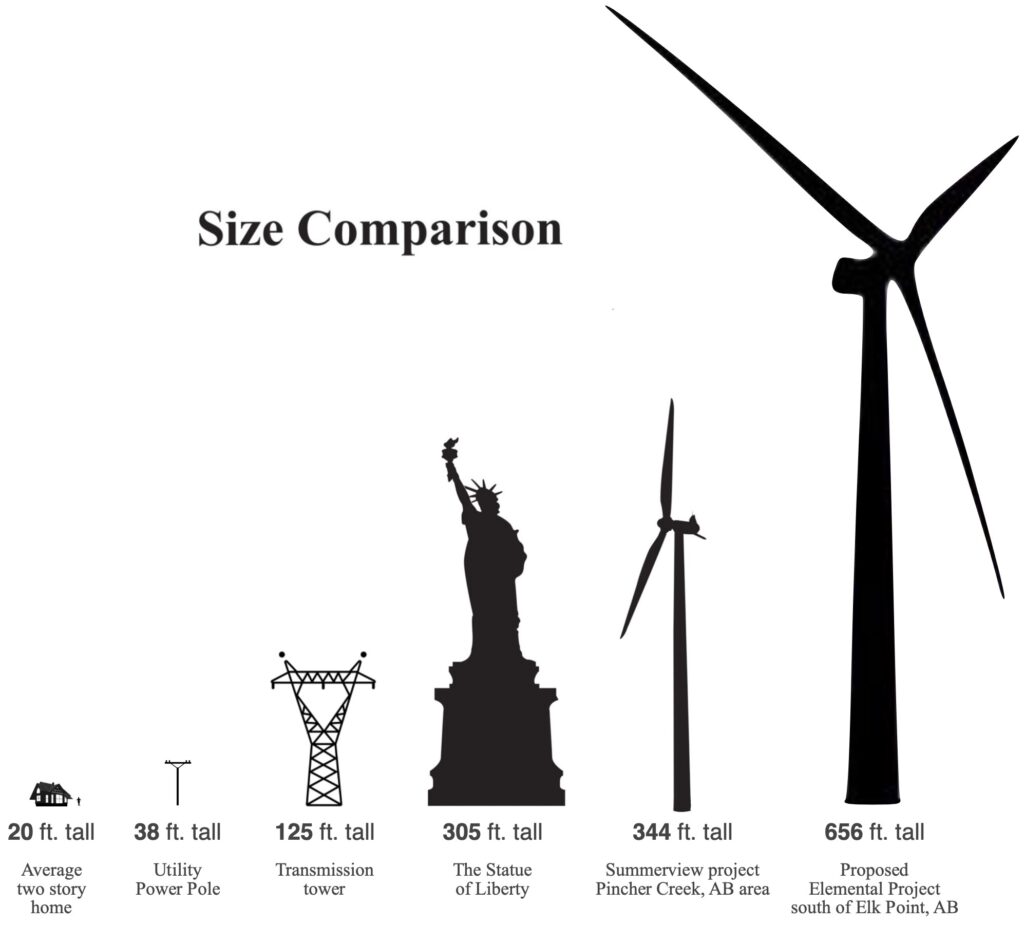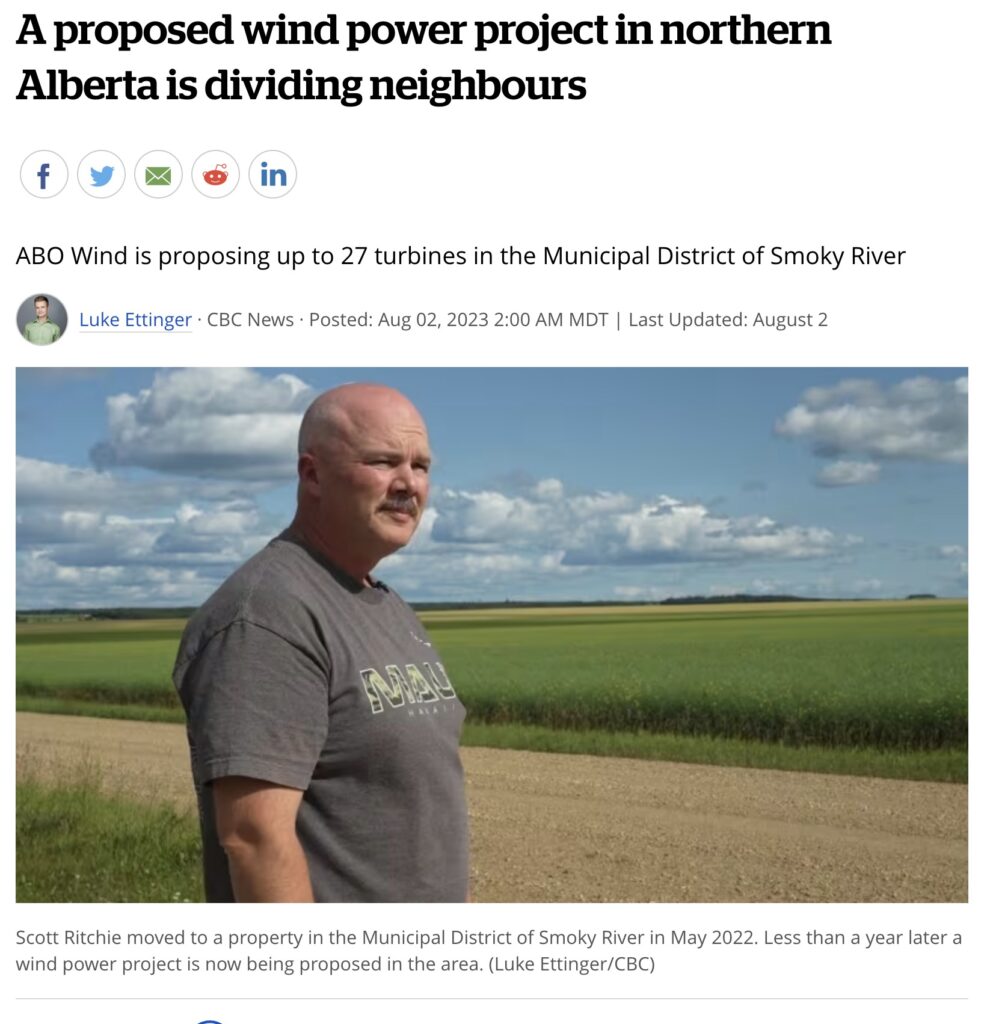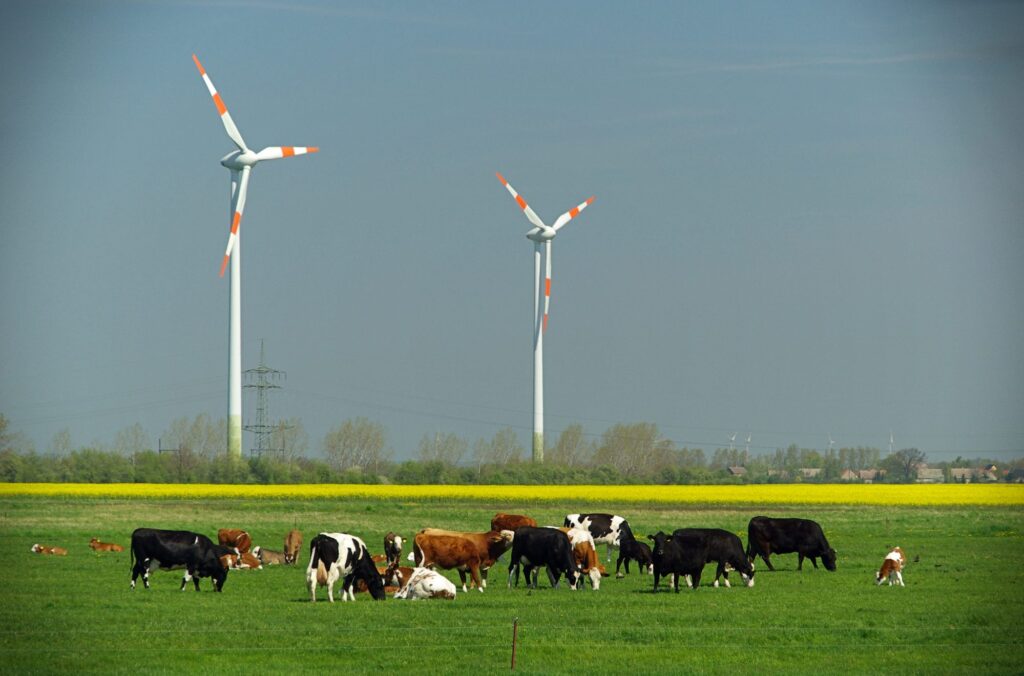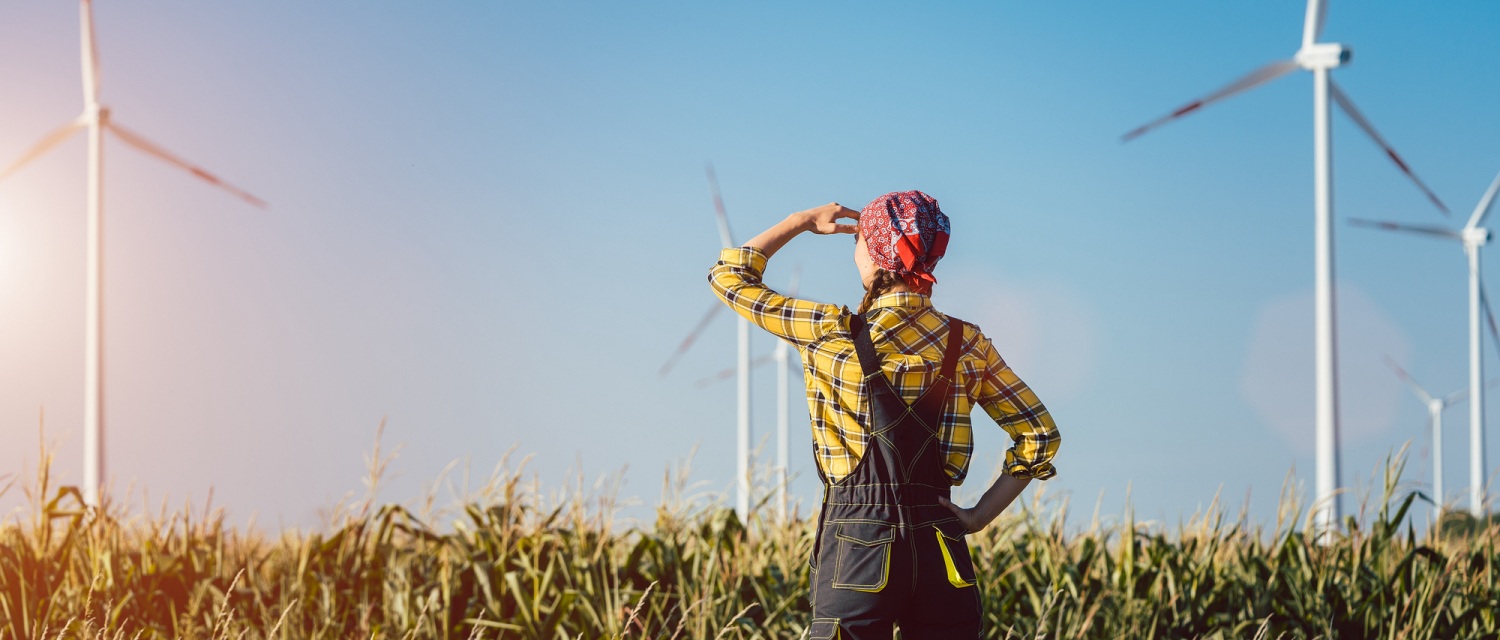By Doug Ferguson, The Western Producer, December 22, 2022
Bitter divisions are growing in rural Alberta over the construction of industrial-scale renewable energy projects such as solar and wind on farmland, said a rural leader.
“It’s getting serious. People are really upset,” said Paul McLauchlin, president of the Rural Municipalities of Alberta. “It’s tearing communities apart.”
Developers of early renewable projects in the province tried to ensure they benefited everyone in the surrounding community, he said.
“But what’s happened is competition and margins have shrunk, and so the folks that have to have (such projects) in their viewscape are no longer benefiting at the same time.”
Rural residents are faced with the prospect of living next to industrial-scale projects, said McLauchlin.
“This has happened so fast … there’s wind turbines going down in Vulcan County that are taller than the Calgary Tower,” he said, referring to a 191-metre-high downtown landmark in the Alberta city.
Paul McLauchlin, President of Rural Municipalities of Alberta
It’s one thing to have an oil well on farmland, but thousands of back-to-back solar panels is a different story, he said.
“And these are industrial projects, so this is a fundamental land-use change that’s quite different than anything we’ve ever experienced.”

Alberta is the only province in Canada where companies can set up a virtual power purchase agreement, said Heather MacKenzie, executive director of Solar Alberta. It means businesses ranging from Labatt to Amazon can buy renewable energy directly from providers such as solar developers, she said.
Banks that finance solar projects look favourably on long-term contracts, said MacKenzie.
“So basically, this is bringing all this money to Alberta for our projects to go forward, so it’s quite something to behold.”
The province is second only to Saskatchewan in the amount of available sunshine in Canada, she said, and there is increasing pressure to reduce carbon emissions by creating a greener electricity system.

“And farmers in particular are living the impacts of climate change on a daily basis, so I think they understand the need far better than most Albertans for why we have to shift our energy system and not only enhance our independence from an energy perspective, but also reduce our dependency on non-renewable energy sources.”
However, McLauchlin said the trend is increasingly pitting the rights of rural neighbours against the rights of private landowners to use their property as they see fit. Producers can earn money by renting farmland to renewable energy companies.
Although he acknowledged Alberta needs to develop alternative sources of energy, he feared it will also take prime cropland out of production.
“We need to feed ourselves, too … so, it’s a very complex, multifaceted problem,” McLauchlin said. “But I would rather have the discussion — at first actually make a greater public interest conversation around it — than for some of the municipal officials that I represent to be completely ignored in the conversations they’ve had with the regulator.”
The Alberta Utilities Commission’s approval process for renewable energy projects on private land “has little to no regard for the rural municipalities’ statutory plans, or requirement for consultation with the municipalities,” said the background to a resolution passed Nov. 9 by the RMA at its fall convention in Edmonton.
McLauchlin said it is deepening divisions by leaving rural Albertans without a clear way to have their concerns heard.

“It is getting very heated out there.”
However, the province is “a very well-regulated jurisdiction in terms of the processes in place for wind and solar,” said Evan Wilson, senior director for Western Canada with the Canadian Renewable Energy Association (CanREA).
“There is quite an extensive community engagement process through the Alberta Utilities Commission that does take into consideration adjacent landowners and takes into consideration community feedback as well.”
Despite such reassurances, the RMA’s resolution asked the Alberta government “to work collaboratively on policy that will find a balance between the development of renewable energy and protection of valuable agricultural land.”
The provincial government recognizes this is an important issue, said Scott Johnston, press secretary for Energy Minister Pete Guthrie. “We will continue working with the RMA, utility sector and landowners to explore ways to improve the existing system.”
Alberta’s Renewable Energy Act has mandated that 30 percent of the province’s electricity must be generated from renewable energy sources by 2030, said background to the RMA’s resolution. Achieving this goal could result in 120,000 acres of agricultural land being lost, despite the fact that no quantitative studies have been completed about how this could affect food production and the overall economy, it said.
“Without oversight as to where these developments may occur, the price of farmland will significantly increase, putting it out of reach for agriculture producers and into the hands of speculators who believe they can profit from the land rental rates being offered by the renewable energy companies.”
Background provided as part of a second resolution passed Nov. 9 by the RMA said private landowners in rural Alberta are being approached to enter into letters of intent with renewable energy companies for land rental rates of $600 to $800 per acre. Such amounts “far exceed what agriculture producers can pay or generate per acre from agriculture pursuits,” it said.
Landowners lured by such revenue are ultimately responsible for the reclamation costs of renewable energy projects once they are decommissioned, said the resolution.
“The concern is that there appears to be no support for landowners to guide them through the contract process … Landowners can and should include reclamation securities or guarantees of reclamation being covered by the operator of the renewable energy facility as part of land lease agreements.”
However, Wilson said both the Alberta Utilities Commission and provincial ministries such as Alberta Environment and Protected Areas require extensive planning for the construction of solar and wind projects and also for their reclamation.
“As we’ve seen this move forward … a lot of these concerns are already accounted for in the regulatory process.”
Johnston said the provincial government recognizes the need for responsible growth in the renewable energy sector and reclamation security that protects landowners and the environment.
“Currently, private landowners can include reclamation security in their surface access agreement with wind or solar energy operators. When applying to the Alberta Utilities Commission, renewable operators must also provide an overview of how they will ensure sufficient funds are available to cover decommissioning and reclamation costs.”

However, a mandate letter issued Nov. 9 by Premier Danielle Smith to Environment and Protected Areas Minister Sonya Savage required her to work with Energy Minister Guthrie to “develop a plan to improve reclamation certificate issuance and bring reclamation requirements for renewable energy sources in line with the rest of the energy sector.”
The RMA’s second resolution asked the Alberta government to implement a mandated collection of adequate securities for future reclamation of renewable energy projects on private lands. Project proponents should be required to post a reclamation surety bond as a condition of approval, it said.
The resolution also asked that the amount of such securities be calculated “based on data-driven projections of actual reclamation costs to protect municipalities and residents of Alberta from incurring costs associated with the decommissioning of all renewable energy projects.”
Unlike oil and gas wells,wind and solar projects aren’t going to run out of energy, said Wilson. One approach is that facilities will undergo what he called repowering, which involves retiring the existing technology and replacing it with new and updated devices.
Projects must also follow a document called a conservation and reclamation directive that outlines the expectations for all phases of renewable energy development, said Wilson. It sets standards for reclaiming the land that include continued payment of the landowner for several years afterward to ensure the reclamation was done properly, he said.
“So, we are very well regulated, the standards are very clear, and I would say the standards are very aggressive.”
Wind Concerns is a collaboration of citizens of the Lakeland Alberta region against proposed wind turbine projects.


